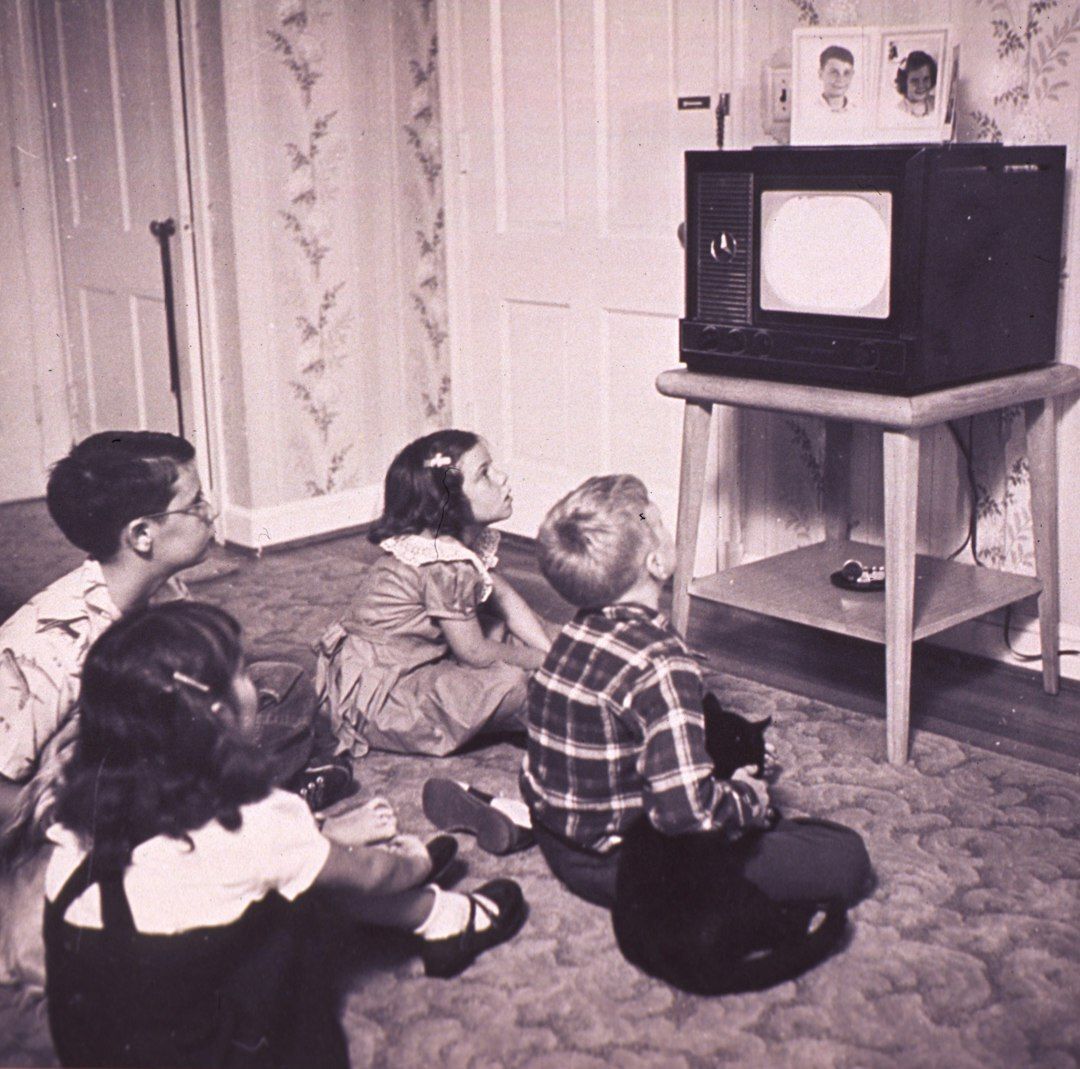
Gender stereotypes on children’s television are just as pervasive now as they were six decades ago. / Unsplash photo
What you probably already know: Young minds are like sponges, soaking up social cues from the conversations and interactions around them, both in real life and on TV. Children’s television programs that aired in the 1960s may look a lot different from those in the modern streaming era, but a new study suggests that when it comes to gender-biased language, shockingly little has changed. Language that reinforces harmful gender stereotypes has even worsened, depending on where you look.
Why? Researchers from NYU Abu Dhabi’s Science Division looked at scripts from 98 U.S. shows created between 1960 and 2018, ranging from The Flintstones to The Powerpuff Girls. “Natural language processing techniques analyzed a total of 6,600 episodes, 2.7 million sentences, and 16 million words to pinpoint how often male and female characters are portrayed as active (the “doers”) versus patient (the “done-tos”). The study found that men and boys are more often portrayed as the doers, while girls and women are the done-tos — a trend that hasn’t changed over time. Male characters also dominate dialogue: Words such as “he” and “him” appeared twice as often as words like “she” and “her” in 1960, while male words appeared 50% more frequently than female words by 2018. Words related to agency — such as “money,” “power,” “achievement,” and “reward” — also show up in sentences with male words more often than in those with female words. The latter were more frequently associated with terms denoting family, affiliation, and home. This gender gap in agency has steadily widened over time.
What it means: The average American kid spends hours in front of screens every day, which can lead to a myriad of developmental consequences. This latest research suggests that TV, especially when consumed in excess, can lead kids to form biased ideas about how men and women behave in real life. “These biases aren’t just about who gets more lines; they’re about who gets to act, lead, and shape the story. Over time, such patterns can quietly teach children that agency belongs more naturally to boys than to girls, even when no one intends that message,” said Andrei Cimpian, professor of psychology at NYU and one of the study’s authors.
What happens now? The researchers note that some gender gaps, such as female representation, have narrowed in children’s TV programs, but they stress that even these shifts can mask “subtle linguistic gender biases that are harder to detect and correct.” AI screenwriting programs trained on existing scripts present an emerging concern amid the fast-paced era of evolving media technology. Parents and guardians will need to remain vigilant and aware of what kids are watching to ensure the next generation sees women and men as equal.

